Fireball Dwarf Japanese Maple – 3 Gallon Pot
$189.97 Original price was: $189.97.$95.99Current price is: $95.99.
SKU: D2LSC 950199607 Categories: JAPANESE MAPLE TREES, Japanese Maples
- Your needs, our top priority.
- Safe Transactions, Always
- Unbeatable quality, unbeatable prices.
- Quality and Affordability Combined

Fireball Dwarf Japanese Maple
Acer palmatum ‘Fireball’
Common Names: Fireball Dwarf Red Japanese Maple
Plant Details
USDA Plant Hardiness Zones: 4b-8b (9 in cool or mild summer climates) Find Your Zone
Height at Maturity: 4-5′ at maturity
Width at Maturity: 4-5′ at maturity
Growth Habit / Form: Upright, Rounded
Growth Rate: Slow: 2-4″ per year
Foliage Color in Spring: Bright Cherry Red changing to Deep Maroon with Bright Red new growth by mid-spring
Foliage Color in Summer: Red shades
Foliage Color in Fall: Fire Red shades
Light Needs: Full Sun, Morning Sun with Dappled or Afternoon Shade, All Day Lightly Filtered Sun, Morning Shade with Evening Sun; 4 or more hours of sunlight daily is recommended.
Water Needs: Average
Soil Type: Clay (amend to ensure good drainage), Loam, Sandy, Silty (Condition heavy clay soils when planting)
Drainage: Moist But Well-Drained; good drainage is essential
Soil pH: 5.0 – 7.0 is ideal
Maintenance: Low
Resistances: Cold Temperatures (-15°F / Zones 4b), Deer – more info, Heat Tolerant, Sun Tolerant
Description
As its name suggests, the Fireball Dwarf Japanese Maple is renowned for its vibrant, fiery foliage colors on a dense, compact form, reaching approximately 4 feet in height and width at maturity, making it an ideal specimen for small gardens, containers, and bonsai. The leaves emerge a bright scarlet in early spring, transitioning to a deep maroon by mid-spring, and are topped with new leaf bunches in bright red. With the arrival of cooler temperatures in fall, the leaves turn to vibrant, fiery red. The unusual but beautiful, palmate leaves have a total of five narrow lobes, with four lobes being pointed, as is usual, but the center lobe is rounded at the tip. Fireball is the most cold-hardy of all the Japanese maples we grow, having demonstrated hardiness in USDA Zone 4b, where winter low temperatures can reach as low as 15°F.
Landscape & Garden Uses
To showcase its magnificence and beauty, Firefall Dwarf Japanese Maple is best used in the landscape as a specimen to draw attention to a specific area of the home or landscape.
Suggested Spacing: 6 feet or more apart in spaced groupings
Note: One Japanese Maple can make a landscape or garden…that is, if you don’t overcrowd it with other trees and plants. Therefore, when selecting companions to plant under or around your dwarf Japanese Maple, make sure to select low-growing groundcover plants that won’t interfere at all with your tree.
Growing Preferences
Though delicate-looking, Japanese Maples are actually very tough and long-lived trees. They are very easy to grow. Container culture can extend their useful range. They are extremely easy to grow in containers, a practice taken to its most extreme form in the art of bonsai, for which Fireball is well-suited.
In their natural habitat, Japanese Maples are understory trees, growing in dappled forest sunlight at the edges of woodlands. Ideally, they prefer to be grown in similar conditions. That said, Fireball is known to have high sun tolerance, especially in cool to mild summer climates. In areas where summers are extremely hot, it is recommended to provide filtered sun or shade during the afternoon, when the sunlight is most intense.
Any soil of average or better fertility will support the growth of Japanese Maples. They prefer a moist but well-drained soil rich in organic matter. As with so many other ornamental plants and trees, constantly soggy or wet soil can be problematic. So make sure to plant your Japanese Maple in a well-drained site or container.
Helpful Articles
Click on a link below to find helpful advice from our experts on how to plant and care for Japanese Maple trees.
How To Plant A Japanese Maple Tree In The Ground
How to Plant A Japanese Maple Tree In A Pot
How To Fertilize And Water A Japanese Maple Tree
How To Prune A Japanese Maple
Plant Long & Prosper!
Questions? Contact Us!
Be the first to review “Fireball Dwarf Japanese Maple – 3 Gallon Pot” Cancel reply
Related products
Sale!
JAPANESE MAPLE TREES
Sale!
JAPANESE MAPLE TREES
Sale!
JAPANESE MAPLE TREES
Sale!
JAPANESE MAPLE TREES
Sale!
JAPANESE MAPLE TREES
Sale!
JAPANESE MAPLE TREES
Eagle’s ClawJapanese Maple – (Acer Palmatum ‘Kamagata’) – 3 Gallon Pot
Sale!
JAPANESE MAPLE TREES
Sale!
JAPANESE MAPLE TREES


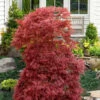
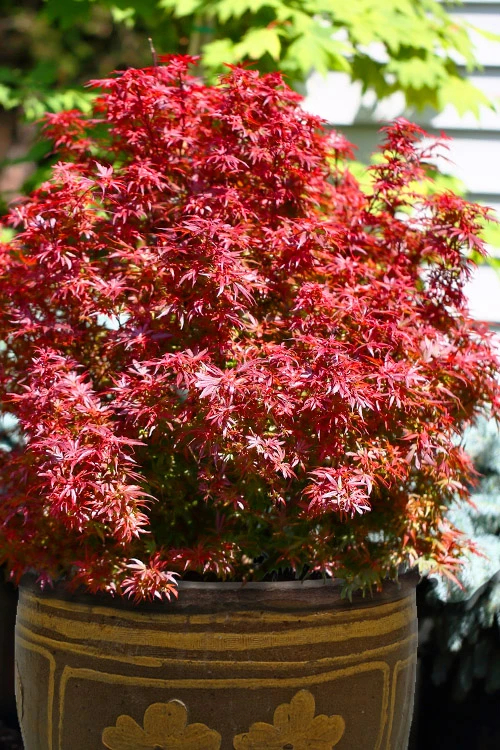
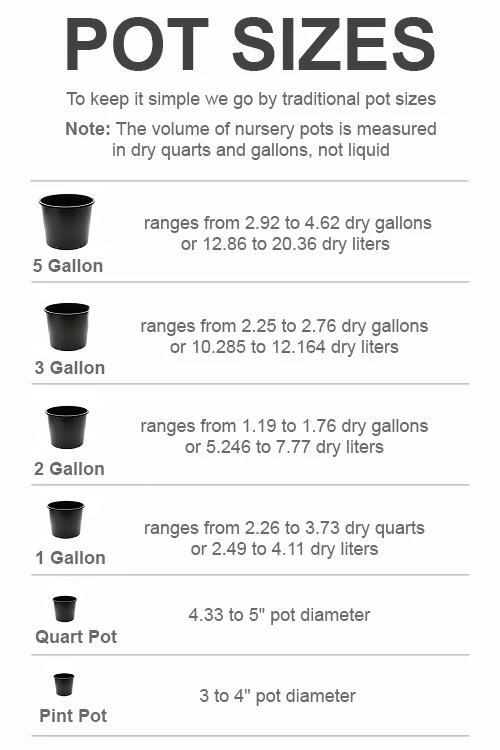
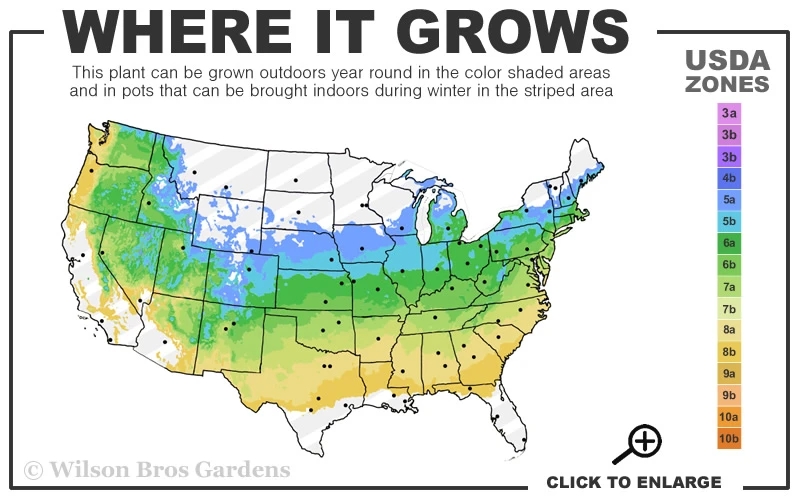



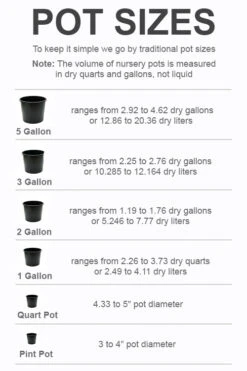

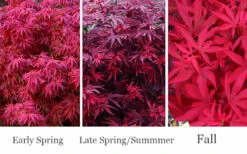
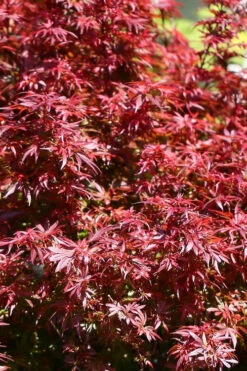
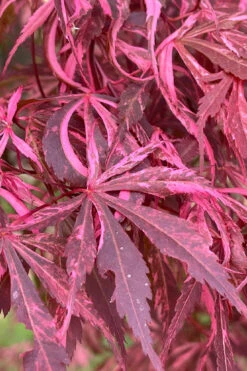

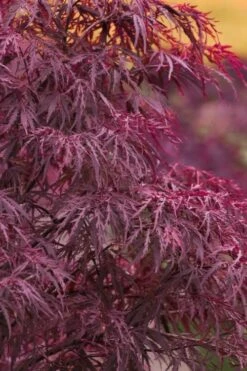

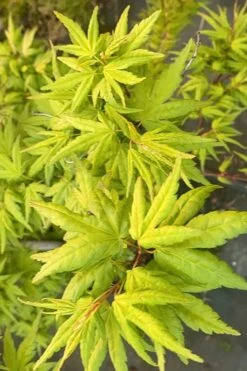
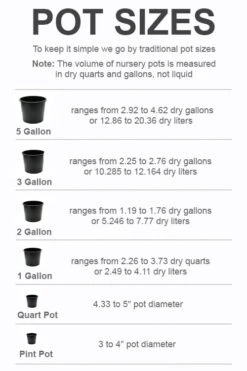

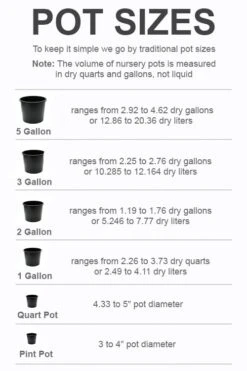
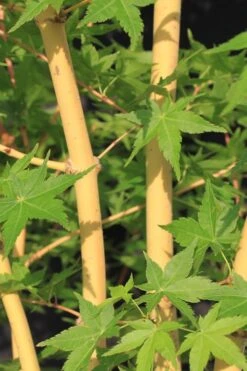


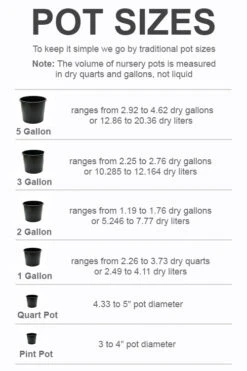


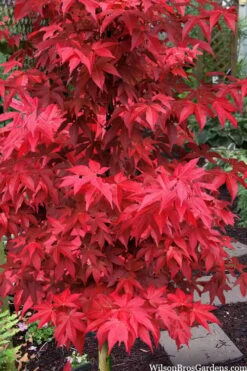

Reviews
There are no reviews yet.